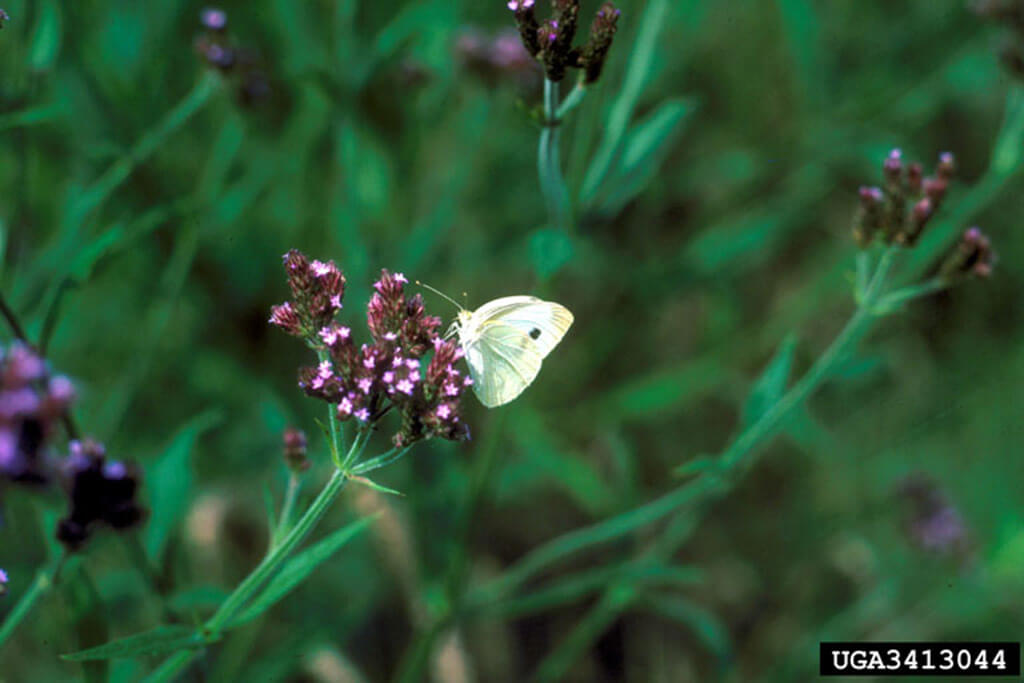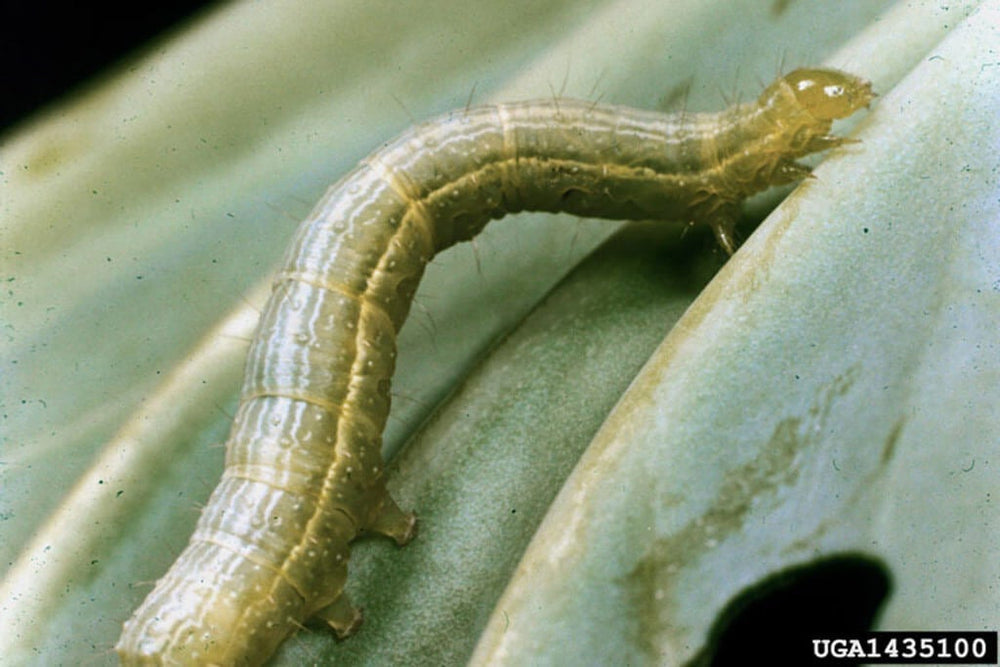
Unfortunately, there's a family of garden pests that love crisp, flavorful veggies as much as you do. Cabbage loopers and their partners in crime, cabbage worms and cross-striped cabbage worms, will munch on the leaves of your cruciferous vegetables, beans, and peas. If you encounter worms creeping along your plants, read on to learn how to identify which type of pest is at work and—more importantly—how to prevent and get rid of them.
How to Get Rid of Cabbage Loopers, Cabbage Worms, and Cross-Striped Cabbage Worms
What are cabbage loopers, cabbage worms, and cross-striped cabbage worms?
Cabbage loopers, along with cabbage worms and cross-striped cabbage worms, chew holes in the leaves of broccoli, cabbage, collards, kale, Brussels sprouts, mustard, and other related crops. They're also big fans of bean and pea plants.
When the caterpillars first hatch, they are very tiny. But as they grow to 1 to 2 inches long, they quickly damage plants and deposit waste on the leaves. Cabbage worms and cabbage loopers look very similar, except the loopers crawl with a looping, inchworm-like motion. Cabbage worms don't loop when they crawl. The cross-striped cabbage worm has blue-gray and black stripes across its back.
Will my plants recover from cabbage looper, cabbage worm, or cross-striped cabbage worm damage?
The caterpillars damage plants by eating holes in the leaves. The chances of recovery depend on how bad the infestation is and how quickly the plants grow. Mustard, kale, collards, spinach, chard, and other leafy plants quickly make new growth from the center of the plant and will be fine as soon as new leaves appear. Brussels sprouts, cabbage, and broccoli may not be able to recover.
How do I prevent cabbage loopers, cabbage worms, and cross-striped cabbage worms?
Preventing cabbage-loving caterpillars is a matter of creating barriers, using sprays, and calling on repellent plants for help. Here are the best ways to prevent cabbage loopers and their leaf-munching counterparts.
- Cover plants. Cover susceptible plants with floating row covers in the spring to prevent adult moths from landing on your plants to lay eggs on the leaves. Learn more about floating row covers.
- Spray plants. Cabbage worms may be prevented with a spray or dusting of Bt thuringiensis. Use this to guard the developing heads of cabbage and other cruciferous vegetables.
- Clean up in fall. Mature caterpillars overwinter in a cocoon tucked among plant debris. At the end of the growing season, clean up all plant debris (including autumn leaves) in and around the vegetable garden.
- Plant things they don't like. Repel cabbage loopers and cabbage worms by surrounding your garden with plants they don't like, such as nasturtium and geraniums.
How do I get rid of cabbage loopers, cabbage worms, and cross-striped cabbage worms?
Nobody wants to deal with creepy-crawly cabbage loopers and cabbage worms. But taking quick action is important to stop their lifecycle and save your precious plants. Here's how.
- Hand pick the caterpillars. Simply remove or knock them off leaves into a container of soapy water. This is the best strategy for small infestations or when you discover them early.
- If many are present, spray with Bt thuringiensis. Be sure to cover the undersides of the leaves with the spray because that is where the insects often rest, and where the young caterpillars hatch. Also, be sure that your spray drips down into the folds of cabbage heads and plant crevices.
- Use a controlling spray. Stop cabbage loopers and cabbage worms in their tracks with a product specifically designed to combat them, such as Ortho® Insect, Mite & Disease 3-in-1 Ready-to-Use, according to label directions.
Need more info and local pesticide recommendations? Contact your regional Extension agent. You can find the nearest Extension office through the Cooperative Extension System map.
Don't let cabbage loopers, cabbage worms, and cross-striped cabbage worms turn your garden into a foliage buffet. First and foremost, keep your garden clean. If you do get an infestation, fight back with manual removal and sprays. With any luck, you'll still be enjoying your favorite cruciferous veggies all growing season long.





 Herbs
Herbs
 Vegetables
Vegetables
 Fruit
Fruit
 Flowers
Flowers
 Succulents
Succulents


